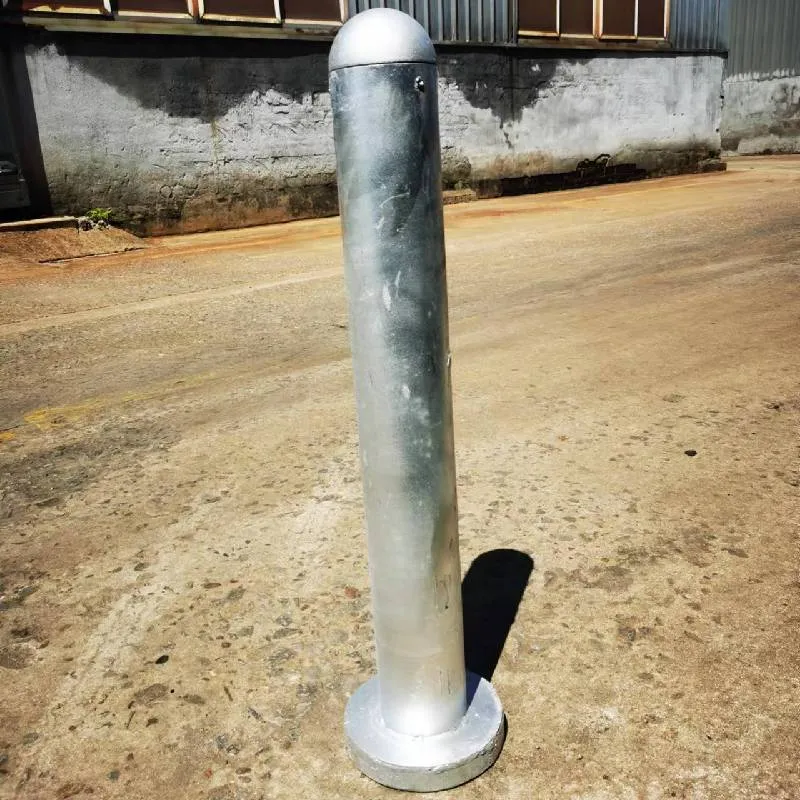DN350 Butterfly Valve Specifications and Applications for Efficient Flow Control Solutions
Understanding the Butterfly Valve DN350 A Key Component in Fluid Control
Introduction
In the realm of industrial fluid management, valves play a crucial role in controlling the flow of liquids and gases. Among the various types of valves available, the butterfly valve stands out for its simplicity and effectiveness. This article focuses on the butterfly valve with a nominal diameter (DN) of 350 mm, commonly referred to as the DN350 butterfly valve. We will delve into its construction, working principle, applications, advantages, and maintenance.
Construction and Working Principle
The butterfly valve consists of a rotating disc, which is mounted on a shaft, inside a pipe. When the valve is in the open position, the disc is parallel to the flow, minimizing resistance. Conversely, when the valve is closed, the disc rotates to a perpendicular position, effectively blocking the flow path.
The DN350 butterfly valve is designed to accommodate a nominal diameter of 350 mm, making it suitable for a variety of large-scale fluid handling applications. These valves can be constructed from various materials, including stainless steel, cast iron, PVC, and other corrosion-resistant alloys, enhancing their utility in different environments.
When opened or closed, the disc allows for quick and easy regulation of flow. This is particularly advantageous in applications that require swift responses to changing flow conditions. The operating mechanism may be manual, automated, or pneumatic, depending on the specific needs of the application.
Applications
The DN350 butterfly valve finds use in a myriad of industries, including
1. Water Treatment Plants In the management of drinking water and wastewater, butterfly valves are essential in controlling flow rates and isolating sections of the pipeline for maintenance.
2. Chemical Processing In chemical plants, the ability to resist corrosive substances makes the DN350 butterfly valve an ideal choice for controlling the flow of various chemicals.
3. Oil and Gas The oil and gas sector benefits from the lightweight and space-saving design of butterfly valves, which can be crucial in managing the flow of hydrocarbons in pipelines.
butterfly valve dn350

4. HVAC Systems In heating, ventilation, and air conditioning systems, these valves help in regulating the flow of heated or cooled air, contributing to energy efficiency.
Advantages of DN350 Butterfly Valves
1. Compact Design The relatively small size and lightweight nature of butterfly valves allow for easy installation and reduced space requirements compared to other valve types.
2. Low Pressure Drop With their streamlined design, butterfly valves provide a minimal pressure drop across the valve when open, which is advantageous in maintaining system efficiency.
3. Quick Operation The quarter-turn operation of butterfly valves enables rapid opening and closing, making them ideal for systems requiring prompt flow regulation.
4. Cost-Effective Generally, butterfly valves are more affordable than other valve types, making them an attractive option for budget-conscious projects.
5. Versatility Their ability to handle various fluids, from water to harsh chemicals, makes them adaptable for use in diverse applications.
Maintenance Considerations
Maintaining the DN350 butterfly valve is vital for ensuring optimal performance and longevity. Regular inspection of seals, bearings, and the disc is necessary to identify wear or damage. Lubrication of moving parts, particularly in manual and automated systems, helps prevent corrosion and ensures smooth operation. Additionally, understanding the operating conditions, such as temperature and pressure ranges, will aid in choosing the right valve materials and configurations to prolong service life.
Conclusion
The DN350 butterfly valve serves as an essential component in modern fluid control systems. Its robust design, efficiency, and versatility allow it to thrive in various industrial applications. As industries continue to evolve, the role of reliable and effective flow regulation becomes ever more critical. Understanding and employing the DN350 butterfly valve is thus foundational for achieving operational efficiency and maintaining system integrity across multiple sectors.
-
The Smarter Choice for Pedestrian AreasNewsJun.30,2025
-
The Gold Standard in Round Drain CoversNewsJun.30,2025
-
The Gold Standard in Manhole Cover SystemsNewsJun.30,2025
-
Superior Drainage Solutions with Premium Gully GratesNewsJun.30,2025
-
Superior Drainage Solutions for Global InfrastructureNewsJun.30,2025
-
Square Manhole Solutions for Modern InfrastructureNewsJun.30,2025
-
Premium Manhole Covers for Modern InfrastructureNewsJun.30,2025
